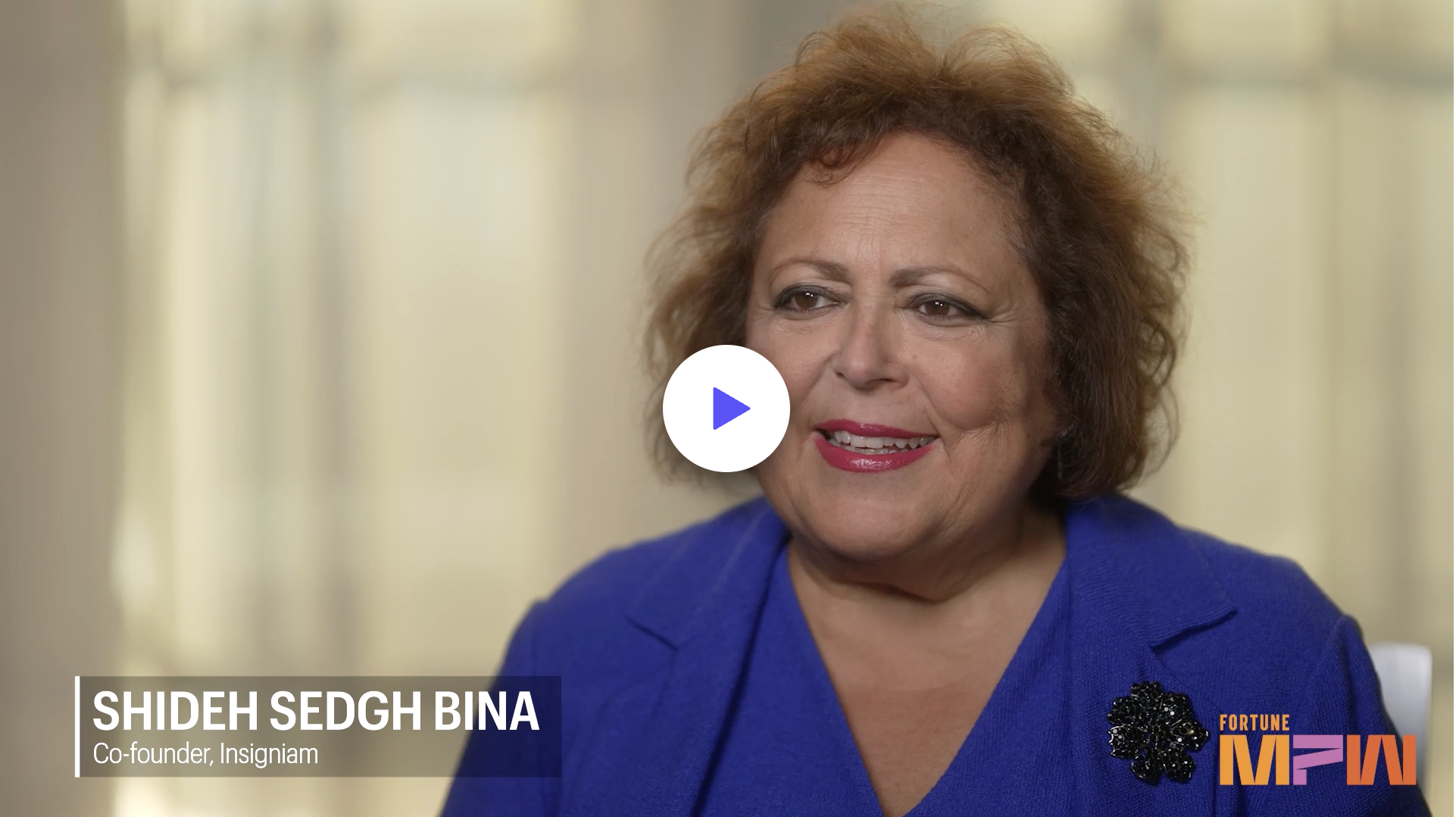Diversified, Yet Integrated Specialization
Shrinking reimbursements and intense cost cutting have left many physicians scratching their heads, wondering why they got into medicine in the first place. Buried under mountains of paperwork and feeling pulled in a million directions, the impact of today’s changing healthcare landscape has been a particularly harsh pill to swallow for those focused on population health on any continent.
POPULATION HEALTH
However, thanks to a global focus on population health, which seeks to manage an individual’s health issues in a holistic way, practitioners may yet have a fighting chance at returning to their rightful place as healers. Restoring and sustaining health is today’s mantra, versus just caring for patients when they fall ill.
One veritable force advocating for population health is America’s Accountable Care Organization (ACO). A relatively new — and controversial — departure from the traditional, volume-driven fee-for-service model, the aim of ACOs is to create a system that incentivizes practitioners to keep patients well.
Says Dr. Mike Weiss, chief medical officer at Optum Medical Group, Southern California. “The biggest dysfunctional piece of healthcare today is the reactive nature. Patients come to a physician with a problem, they fix it, and move on. We need to proactively reach out to patients of all populations, young and old.”
In this sense, he says the old saying, (tweet this!): “An ounce of prevention is worth a pound of cure,” has never been truer. However, he is quick to add that executing is not without its challenges, which he sees as two-fold. “First, physicians have to understand how important it is to provide proactive care. Initially, it’s more work because you have to look for ways to keep patients healthy. Second, it is critical to engage the patient so they understand the importance of their participation.”
Following a care protocol for diabetes is a good example. “Diabetes doesn’t hurt and most people don’t even know they have it until it is revealed,” Weiss says. “Our job is to intervene before it hurts.”
Monarch took a novel approach when launching its top-performing ACO several years ago, initially developing the network with its highest-performing physicians. “Our Medicare Advantage physicians already were coordinating care very well,” explains Colin LeClair, Monarch’s executive director. A proprietary practice management system was modeled after that used with Medicare Advantage, putting valuable information at the physicians’ fingertips for fee-for-service patients.
“Previously the physicians had no means of seeing data on these patients unless they came in. Now they can see their MRIs, therapies, etc. It gives the primary care physician more visibility into what’s going on with the patients’ healthcare, ” LeClair says. Just as important, the ACO provides patients with a wide range of services most aren’t even aware are available, like transportation to appointments or to pick up medications. So, in the ACO world, what exactly does preventive care look like?
“The patient is compliant with his or her medication regimen, fulfills required screenings, and is up-to-date on scheduled screenings,” explains Dr. Weiss. “What we are looking at is providing patients with all the information they need to be successful.
Along with happier, healthier patients, he says physician satisfaction also improves. “Physicians want to do what’s best for patients and the best way to do that is through access to timely, accurate data. The data informs physicians so they can provide better care. This, in turn, improves physician satisfaction because their patients are doing better.”
If the population is kept healthy, the physician also benefits financially, he explains. “In an ACO model, compensation is based on quality. Instead of getting paid for more widgets, for instance, we get paid for making higher-quality widgets.”
LATE TO THE GAME
Although a big shift for the United States, this approach is also shared by the healthcare systems of European Organization for Economic Co-operation and Development (OECD) countries like the U.K., France, Germany, the Netherlands, and Sweden, many of whom manage to do it in a much more efficient manner — and nearly always at a much lower price.
(Tweet this!) There are currently 300 ACOs in the U.S. and counting, and they have a lot in common with their international counterparts. Recent healthcare legislation like Ontario’s Excellent Care for All Act (2010) and England’s Health and Social Care Bill (2011), share the ACO’s focus on performance monitoring — usually with increasingly more specific means of monitoring improvement in healthcare systems — and include similar financial incentives to keep patients from getting sick in the first place.
There’s also been a shared focus worldwide on how best to deal with chronically ill patients –– that tiny 1 percent of utilizers who, according to an oft-cited study by Rutgers University economist Alan Monheit, account for nearly a third of all healthcare spending in the U.S.
All of these programs seek to create more coordinated and collaborative systems of care, with an integrated network of doctors and specialists all working together to best serve its population. In many ways, the U.S., with its historically decentralized healthcare system, has a marked disadvantage to this compared to its neighbors in Europe, with their single-payer healthcare models. The infrastructure isn’t nearly as strong in the U.S., let alone conducive to a collaborative mindset. How do you get all those physicians to work together — particularly doctors who, in the past, might not have tended to collaborate at all?
“You have to design systems by which the right thing to do is also the easiest thing,” says Michael Ogden, M.D., chief clinical integration officer at Cornerstone Healthcare, a medical group with more than 90 locations in North Carolina. Cornerstone’s recently acquired software tools allow doctors to identify their community’s most at-risk patients.
It’s a trend that’s already well in place in New Zealand, a country second only to Denmark in its use of electronic patient records by primary care physicians (90 percent of the country’s PCPs communicate online via secure networks). Additionally, 95 percent of New Zealanders are registered in the National Health Index, an integrated system that allows hospitals and health agencies to share information anywhere in the country. Once high-risk patients at Cornerstone are identified, says Ogden, they’re directed to centers like Cornerstone’s Personalized Life Care Clinic, a specialized, coordinated care center that focuses on the top 3 to 5 percent of the group’s neediest patients. “They have a navigator, someone who can coordinate care between different specialists,” he says. “We have a dietician, a pharmacist, and access to psychology all clustered within a life care clinic.”
WELCOME TO THE NEIGHBORHOOD
One of the most recent experiments in clinically integrated networks is the Patient Centered Medical Neighborhood (PCMN), a healthcare model that expands on the concept of the Patient Centered Medical Home. In 2012, Kansas-based TransforMED received a $21 million, three-year grant from the Centers for Medicare and Medicaid Innovation (CMMI) to create Medical Neighborhoods in 15 communities around the country.
By definition, the medical neighborhood concept encompasses everything from wellness to complex care, with coordination originating through the primary care practice and extending to hospital systems, medical specialties, and other community health services to support a fully integrated care approach.
For example, TransforMED CEO Bruce Bagley, M.D., foresees a day when a woman can see her family physician about a breast lump at 10 in the morning, get a mammogram at 11, and talk with someone about the results at 1.“By the time she goes home for dinner, she’s had a biopsy and gotten the results, and is holding in her hand a CD-ROM of a decision aid that can help her understand her choices and options in an unbiased way,” he says. “That’s clinical integration.”
For ACOs, integration can apply to something as narrow as one-on-one, doctor-to-doctor communication, or to something as broad as previously competing healthcare providers sharing patient records. “If you have a community that has three hospital systems, historically those three systems haven’t worked together very well,” says Russell W. Kohl, M.D., medical director at TransforMED’s Innovation for Centers of Excellence, who is currently spearheading the group’s PCMN project. “They’ve been focused on trying to control market share, so in areas where you have limited specialist availability, that can certainly be an issue,” says Kohl.
A possible solution: getting these former foes to realize the cost- cutting value of shared services. “ACOs need to look at things like, ‘Do we really need to have five cardiac catheterization labs within one mile of each other in the city of Boston,’” says Tom Concannon, a policy researcher at the RAND Corporation. “They need to look at the mechanisms they could use to coordinate service and technology.”
It’s that sort of coordination, say the proponents of ACOs, that’s key to driving down healthcare costs. According to the Dartmouth Atlas of Healthcare, an ongoing project under the auspices of the Dartmouth Institute for Health Policy and Clinical Practice, (tweet this!) up to 30 percent of current healthcare spending is duplicative and wasteful. One of the primary missions of the ACO is to reduce that waste, with the shared savings being distributed between CMS and the participating ACO.
Those shared savings are the carrot, but many healthcare systems overseas also utilize a pretty big stick. One example: Under their diagnosis-related groups (DRG) system, hospitals in most European countries won’t receive a second payment if a patient has to be readmitted for the same medical issue within 30 days.
In its first year of existence, the Pioneer ACO at Banner Health Network in Arizona netted $13.3 million in shared savings. One of its most successful programs involves an algorithm that identifies its most high-risk patients before they’re rolled into the ER (among the triggers are patients who are on more than seven medications a year). In some cases, R.N.s are dispatched right into providers’ offices and patients’ homes. But it’s the sort of integration of services that’s helping to drive Banner’s health costs ever downward.
“There’s been a learning curve for our providers,” admits Matt Horn, director of Banner Health’s Pioneer ACO. “Providers haven’t always been willing to allow another care provider to come into their office who hasn’t historically been there,” says Horn. “But the beneficiaries appreciate it. They appreciate having that extra person there.”



